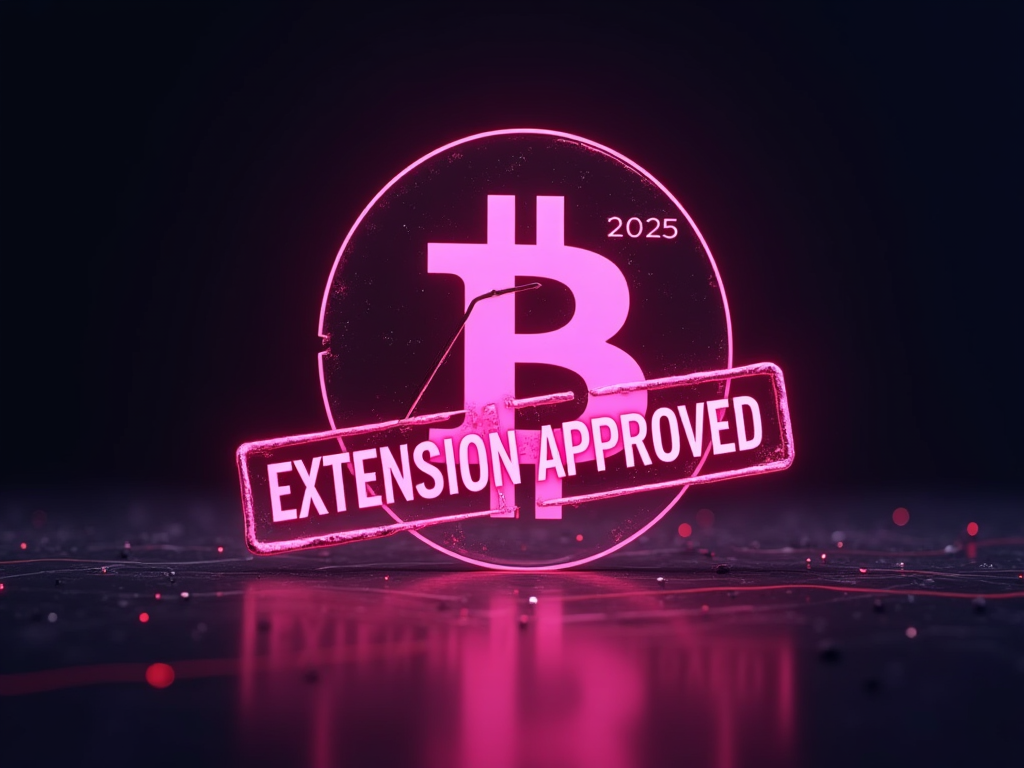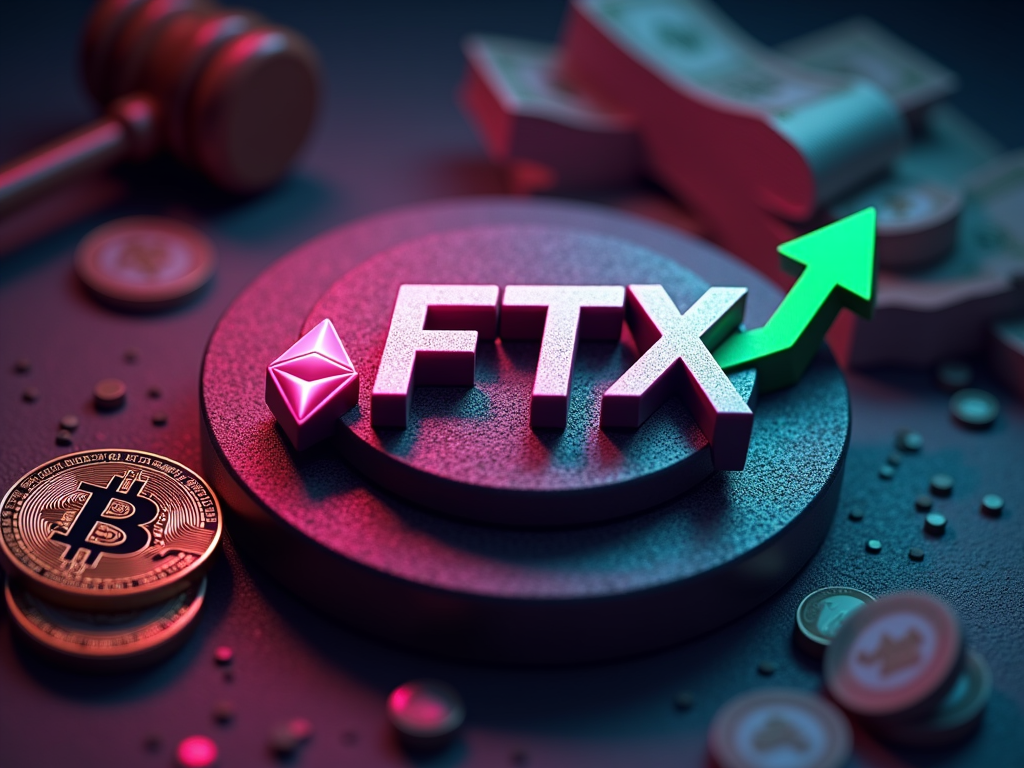Key Points
- India’s retail CBDC pilot has reached over 5 million users and 16 participating banks, with the RBI testing new functionalities like offline use and programmability.
- While making strides in CBDC development, India’s cryptocurrency regulation remains in flux, with the government implementing taxation measures but needing comprehensive legislation.
RBI’s CBDC Pilot Gains Momentum
In a recent speech at a conference in Bengaluru, Reserve Bank of India (RBI) Governor Shaktikanta Das provided insights into the country’s progress with Central Bank Digital Currency (CBDC). The Governor revealed that India’s retail CBDC pilot, launched in late 2022, has already attracted over 5 million users and involves 16 participating banks.
“While the retail pilot started with the initial use case of payments, currently both the offline and programmability functionalities are also being tested,” Das stated, highlighting the RBI’s commitment to exploring the full potential of digital currency technology.
Innovative Use Cases for CBDC
Governor Das showcased two groundbreaking use cases for India’s CBDC, which is currently being piloted. One involves using programmable money to help tenant farmers access agricultural credit. “Programming the end use for purchase of agricultural inputs can give the required comfort to banks and thus establish the identity of a farmer not through his land holding but through the end use of funds being disbursed,” Das explained.
Another innovative application involves farmers receiving purpose-bound CBDC to generate carbon credits. These use cases demonstrate the potential for CBDC to address specific economic challenges and promote financial inclusion.
Cautious Approach to CBDC Implementation
While highlighting the progress and potential of India’s CBDC, Governor Das emphasized the importance of a measured approach to its more comprehensive implementation. He cautioned against rushing into a system-wide CBDC rollout, stating, “It is important to emphasize that there should not be in any rush to roll out system-wide CBDC before one acquires a comprehensive understanding of its impact on users, on monetary policy, on the financial system and the economy.”
The Governor advocated for a gradual, phased introduction of CBDC based on insights from pilot programs. This reflects the RBI’s commitment to ensuring the stability and integrity of India’s financial system as it embraces digital currency technology.
Cryptocurrency Regulation: A Complex Landscape
While India makes strides in CBDC development, the country’s approach to broader cryptocurrency regulation remains complex and evolving. As of 2024, the legal status of cryptocurrencies in India still needs to be clarified. Digital assets are not recognized as legal tender, but their trading and investment are not explicitly prohibited.
The Indian government has taken initial steps to address the sector through taxation measures, implementing a 30% tax on income from digital asset transfers and a 1% Tax Deducted at Source (TDS) on transactions exceeding INR 50,000 annually. However, these measures have raised questions about the long-term regulatory approach.
Compliance Challenges for Crypto Businesses
The evolving regulatory landscape presents challenges and opportunities for businesses operating in India’s crypto sector. In March 2023, the Finance Ministry extended the Prevention of Money Laundering Act (PMLA) to cover Virtual Digital Assets, marking a significant step in crypto Anti-Money Laundering (AML) legislation.
This amendment has resulted in stricter compliance requirements for crypto companies. They must now obtain a license from the Financial Intelligence Unit India (FIU IND) and adhere to its AML policies. This involves comprehensively verifying users’ identities and maintaining detailed reporting records, significantly increasing the compliance burden for crypto exchanges and service providers.
Impact on Exchanges and Users
The regulatory environment has significantly impacted crypto exchanges operating in India and their users. One of the most pressing issues is facilitating smooth withdrawals while ensuring compliance with regulatory requirements. This has sometimes resulted in restrictions or delays in withdrawals, causing frustration among users.
Domestic platforms have welcomed the Indian government’s recent efforts to level the playing field by requiring foreign exchanges to comply with local laws, including the 1% TDS rule, as a step towards regulatory parity.
Looking Ahead
As India continues to navigate the complexities of cryptocurrency regulation while advancing its CBDC initiatives, collaboration between industry stakeholders and regulatory authorities will be crucial in shaping effective policies. The country’s approach to digital assets could set a precedent for other emerging economies grappling with similar challenges in the digital asset space.
Governor Das’s speech and the broader regulatory context highlight India’s commitment to embracing digital currency technology while maintaining a cautious and measured approach. The decisions made in the coming years will not only shape the future of cryptocurrencies and CBDCs in India. Still, they could also influence global approaches to digital asset regulation in the increasingly interconnected world of finance and technology.













